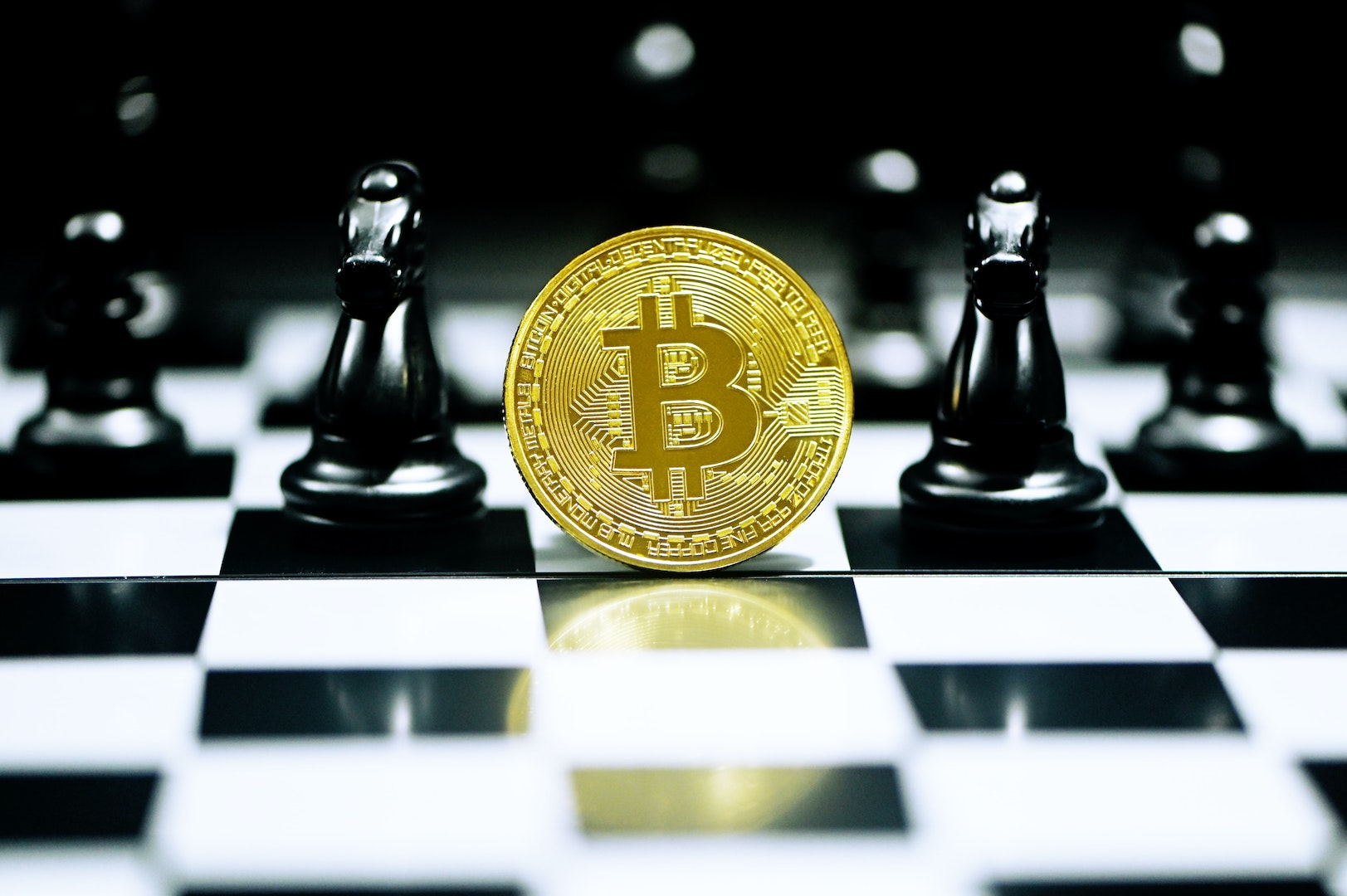365Views 0Comments
The Beginner’s Guide to Decentralized Finance
Blockchain technology has certainly come a long way, from the early days of Bitcoin’s creation and relative obscurity to the 2017 ICO boom. Now, blockchain solutions have evolved up to a point where they’re able to tackle some of the problems plaguing humanity.
In recent years, cryptocurrencies have enjoyed widespread attention. This is mainly thanks to the freedom to control your holdings, transact transparently and grow your wealth securely — all without third-party involvement. This novel concept, popularized by the Ethereum blockchain, is now known as Decentralized Finance (or commonly, ‘DeFi’).
In this article, you’ll learn the basics of DeFi and what makes a blockchain solution “decentralized”. Then, we’ll finish up with a brief look at major use cases of DeFi.
What Is Decentralized Finance (DeFi)?
Leading blockchain company ConsenSys defines decentralized finance as “the paradigm shift from today’s closed financial system towards an open financial economy based on open protocols that are interoperable, programmable, and composable.”
By definition, decentralized (or open) finance is a new-money movement that aims to create a decentralized, permissionless, transparent financial ecosystem based on open protocols and smart contracts. In simpler terms, DeFi creates a system where participants interact with traditional financial products on the blockchain while maintaining control of their assets, instead of centralized institutions like banks, payment processors, brokerages, etc.
Thanks to DeFi, existing financial products and services like loans, trading, investments, savings, etc. are accessible by anyone worldwide. In its purest form, DeFi eliminates the need for a central authority and, as such, a single point of failure in financial systems.
Why Decentralized Finance?
A completely democratized access to financial products and services sounds like something out of a fairytale, particularly when you consider the global unbanked population stands at about 1.7 billion adults.
Financial inclusion remains a big challenge, a direct consequence of the centralized structure of the traditional financial system. Entrepreneurs with great ideas are unable to obtain loans while big businesses don’t even have to fill lengthy paperwork to get a loan approved. Even worse, these centralized setups are rife with , all which contribute to a poor user experience.
DeFi aims to eliminate these challenges and make financial products accessible to anyone with an internet connection. Through its unique proposition (i.e., decentralization), DeFi levels the playing field for participants and completely eliminates intermediaries from the picture.
Now, the million-dollar question: is it worth leaving traditional finance for decentralized finance? Big YES! DeFi products are either peer-to-peer or peer-to-protocol with no centralized parties involved, leading to overall better efficiency and transparency than their traditional counterparts. Moreover, DeFi apps are typically open-source, so it’s easier to modify existing dApps to develop more complex financial solutions.
Imagine being able to obtain a loan in minutes without having to fill out complex paperwork, or opening a savings account with fair APR? How about being able to trade various tangible assets without the limitations of liquidity, or engaging in yield farming and earning juicy APYs on various assets?
That’s what decentralized finance was created to achieve: a new open economy giving the power back to the users.
Key Properties of Decentralized Finance
To understand what DeFi is, you should bear in mind that its ultimate goal is not to eliminate (or disrupt, as many would argue) the traditional finance space. Rather, decentralized finance aims to transform traditional finance by making existing financial solutions accessible on the blockchain without the drawbacks of centralized finance.
Even so, the decentralized finance ecosystem has several features that make it a much more viable alternative to CeFi products. Let’s take a look at three key requirements decentralized financial solutions should ideally satisfy:
Interoperability
In computing, interoperability is the ability of computer systems or software to exchange and make use of information. In the context of blockchain technology, blockchain interoperability is a feature enabling various chains to cross-communicate with one another and view, manage and share information without a controlling third party.
The DeFi space is growing at a fast pace, as Ethereum continues its prolonged battle with high gas fees and scalability issues. This has spurred the rise of smart contract platforms like Polkadot, Solana, EOS, Cardano, etc.
Even more, the reality is this: although Ethereum maintains its dominance in DeFi, the crypto space is becoming largely fragmented. This is an incredibly critical stage in the growth of the DeFi space, as these various blockchain networks (and dApps) need to be able to communicate with one another.
And that’s where ‘interop’ comes into play…
Interoperability isn’t just a fancy buzzword; it plays a key role in the fast-growing DeFi landscape. It helps foster an ecosystem in which dApps can interact and integrate with other dApps, and transfer value between chains.
Interop has the added benefit of transparency since it fosters open communication between various DeFi products regardless of the blockchain.
Programmability
Programmability can be summed up in the phrase “money logic”. Interestingly, programmability forms the basis of DeFi — as you’ll soon discover.
Smart contracts are legal agreements (“contracts”) between two parties, written as programs and deployed on the blockchain. Notably, they self-execute once either party meets the preset conditions. This means both digital and real-world assets can be introduced in the space, leading to unlimited possibilities in decentralized finance.
Thanks to smart contracts, you won’t have to rely on a middleman to conduct transactions on any DeFi protocol. When you’re using a DeFi protocol, what you’re in fact doing is interacting with the protocol’s smart contract through your Web3 wallet (Argent, MetaMask and the like). As such, your personal information and crypto assets remain in your control — hence the permissionless nature of DeFi.
Ethereum is the most popular blockchain platform with a dedicated community of developers in their thousands. Most DeFi protocols are built on the Ethereum blockchain due to its powerful and flexible smart contract language, Solidity, which makes it a great choice for building DeFi solutions.
Composability
Composability allows users to interact with complex financial solutions which are built through various dApps. For example, a DeFi platform built using the Maker protocol might fork Uniswap’s DEX, integrate Chainlink’s decentralized oracle solution to provide reliable data and Synthetix’s to easily mint tokenized assets, etc.
DeFi apps are typically open-source and, as such, anyone can ‘fork’ the code to develop new financial dApps. This concept is known as composability i.e., an existing solution can be modified to create a new product simply using different arrangements of its components.
Also known as money legos, composability allows DeFi products to “borrow” features from other dApps to add more functionality to their platform. Just like LEGO bricks, these integrations can be rearranged to build a more efficient product with a different structure.
Thanks to composability, DeFi products can easily scale to meet the requirements of various protocols and their users since the whole ecosystem is one giant LEGO (well, almost).
Sad truth: it’s uncommon for a DeFi protocol to have all three properties of decentralized finance.
In reality, the fragmented state of the crypto space makes it difficult to achieve interoperability and composability. As a result, programmability — achieved through smart contracts — is what most DeFi solutions rely on.


